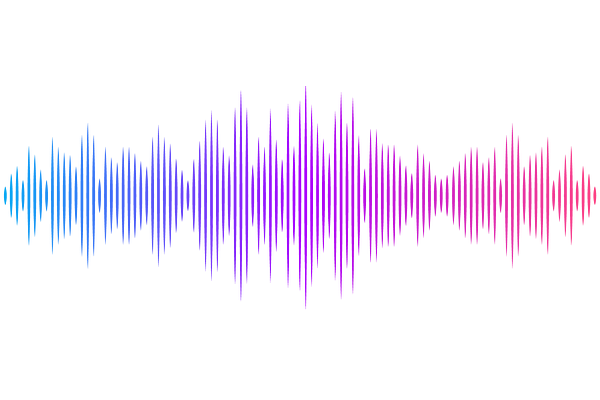Synergistic Effect of Thermoneutral Housing and Chronotherapeutic PD-1 Blockade Overcomes Melanoma Resistance

Synergistic Effect of Thermoneutral Housing and Chronotherapeutic PD-1 Blockade Overcomes Melanoma Resistance
Tang, J.; Miller, J.; Yang, R.
AbstractBackground: Immune-checkpoint blockade transformed melanoma therapy, yet the canonical B16-F10 model resists programmed cell-death-1 (PD-1) inhibition. Housing mice below thermoneutrality, specifically at 22 degrees Celsius, causes cold stress, and dosing outside the circadian immune peak dampens anti-tumour immunity. We hypothesised that eliminating both these factors would render B16-F10 curable. Methods: Forty C57BL/6 mice with B16-F10 tumours were randomised to one of four groups: conventional conditions (22 degrees Celsius; PD-1 administered at Zeitgeber time 22, which is 2:00 AM), chronotherapy only (22 degrees Celsius; PD-1 at Zeitgeber time 4, which is 8:00 AM), thermoneutrality only (30 degrees Celsius; PD-1 at Zeitgeber time 22), or the double-hit condition (30 degrees Celsius; PD-1 at Zeitgeber time 4). Anti-PD-1, at a dose of 200 micrograms administered intraperitoneally, was given on days 3, 6, 9, and 12. Tumour volume, tumour weight, animal survival, and day-14 serum interferon-gamma levels were recorded. A synergy threshold, defined as a Delta value greater than or equal to 20 percent, was prespecified. Results: By day 14, tumours in the control group measured an average of 1207 (plus or minus a standard error of 48) cubic millimeters. Chronotherapy slowed growth to an average of 737 (plus or minus 55) cubic millimeters, and thermoneutrality slowed growth to an average of 565 (plus or minus 28) cubic millimeters (with a p-value less than 0.0001 for both compared to controls). The double-hit condition virtually halted progression, with tumours averaging 43 (plus or minus 12) cubic millimeters, representing a 96 percent reduction (p-value less than 10 to the power of minus 18). This group also generated seven complete responses and achieved 100 percent survival. Interferon-gamma levels increased 8.8-fold in the double-hit group compared to controls, measuring an average of 430 (plus or minus 24) picograms per milliliter versus 48 (plus or minus 7) picograms per milliliter, respectively (p-value less than 10 to the power of minus 19). The Bliss Delta value was 25 percent, confirming synergy. Conclusions: Concurrent removal of cold stress and circadian mistiming unmasks a curative PD-1 response in refractory melanoma. Because warming blankets and morning infusion slots are readily available in clinical settings, these data outline a practical new tactic to rescue PD-1 efficacy in tumours typically considered \"cold\" or unresponsive. A factorial multicentre trial is warranted to explore this further.